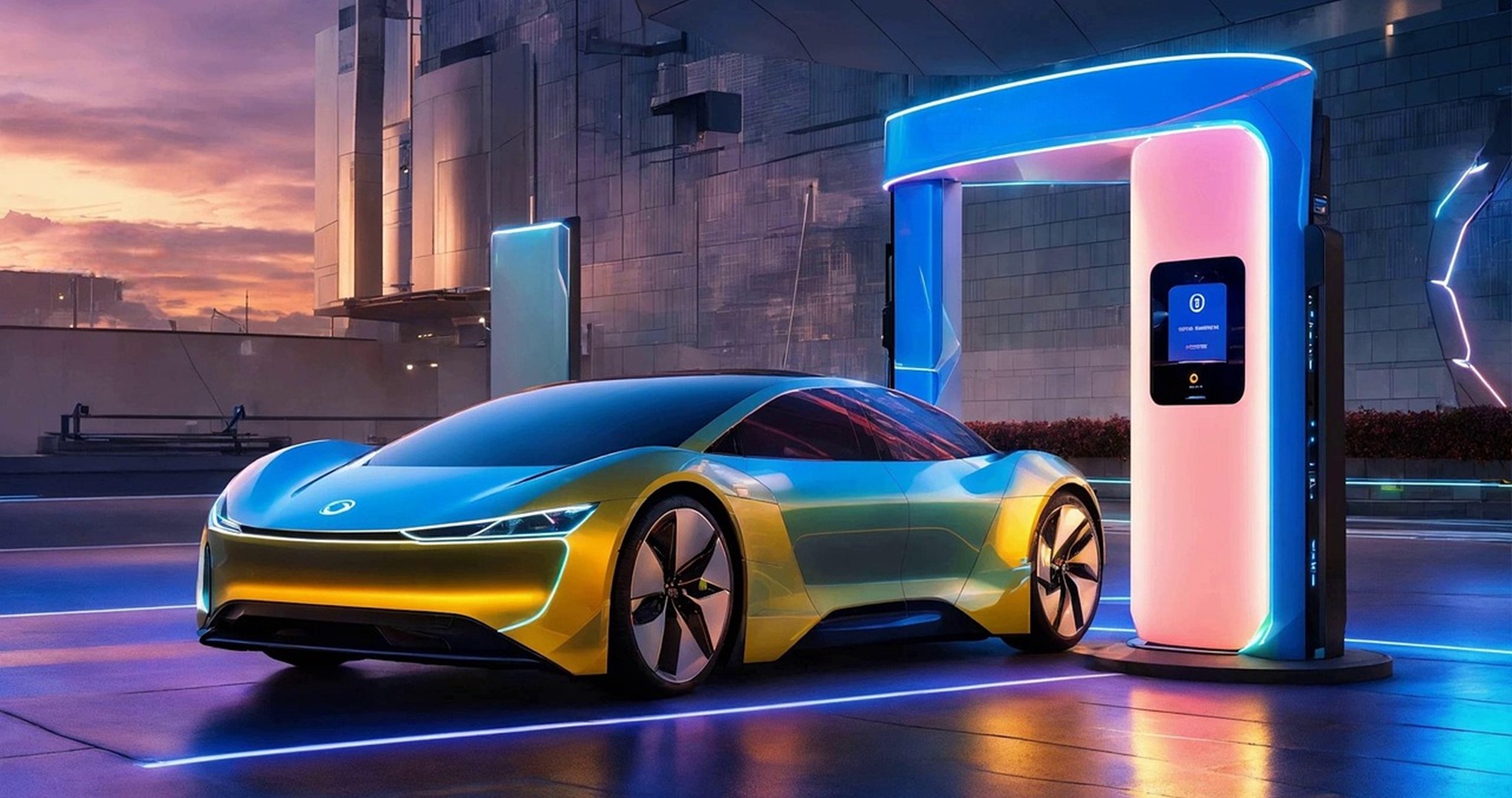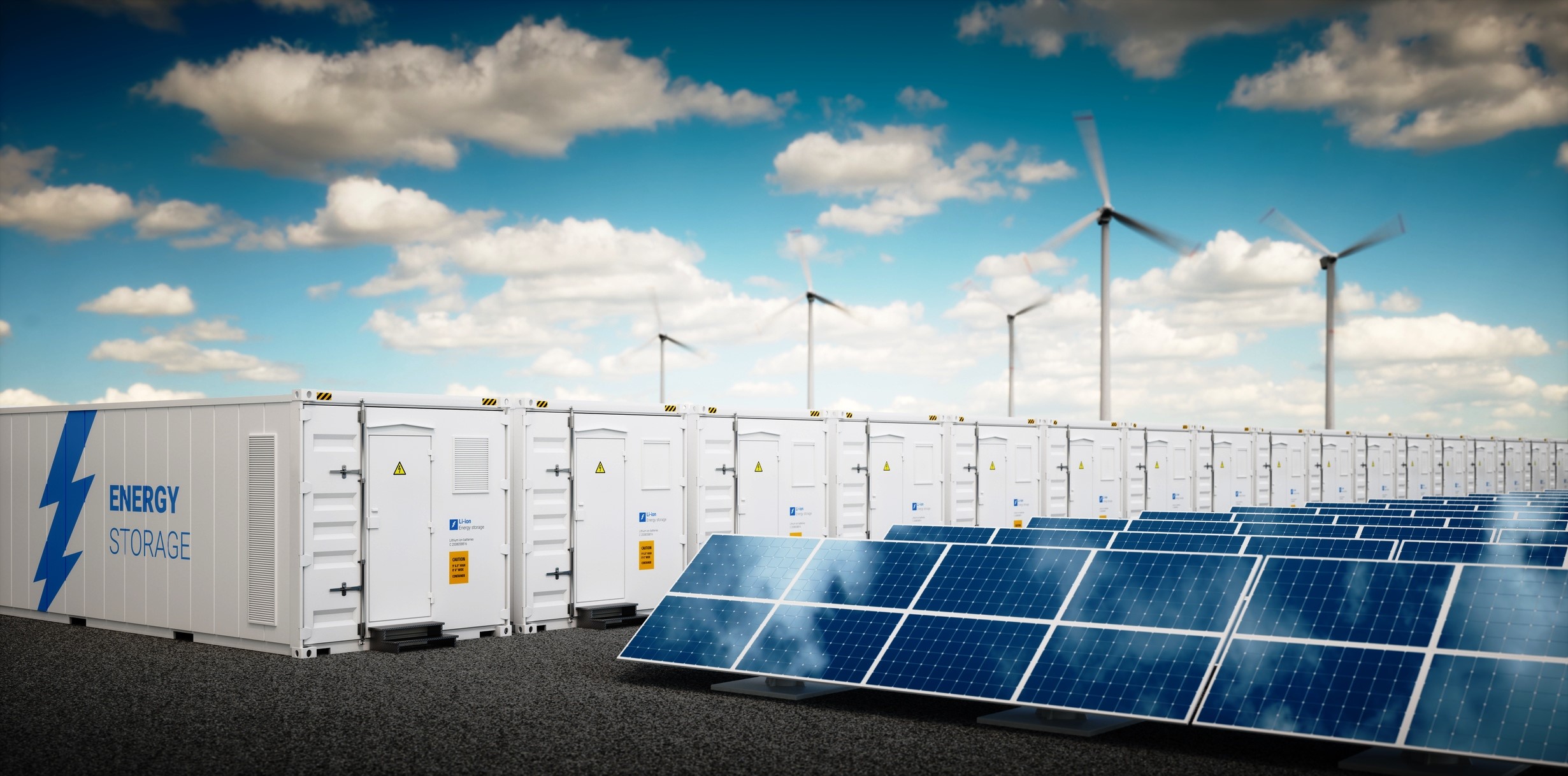KEY POINTERS OF THE DCR NOTIFICATION BY MNRE
The document outlines the Domestic Content Requirement (DCR) norms for Solar PV Cells issued by the Ministry of New and Renewable Energy (MNRE), effective as of the latest update. The key points are:
- Mandatory Use: Solar PV cells and modules used in MNRE schemes/programs must be domestically manufactured.
- Definition of Domestic Manufacturing: A solar PV cell (crystalline-silicon technology) is considered domestically manufactured only if it is produced in India using an undiffused silicon wafer (Black Wafer, Customs Tariff Head 3818), with all manufacturing steps completed in India. Cells made from imported diffused silicon wafers (Blue Wafer) do not qualify.
- Thin Film Exception: Thin Film Solar PV Modules manufactured in an integrated factory in India are eligible under DCR provisions, as reiterated from the O.M. No. 283/16/2024-GRID SOLAR dated 9th May 2024.
IMPACT ANALYSIS OF DCR NORMS FOR SOLAR PV CELLS NOTIFICATION
1. Stakeholders Analysis – Renewable Projects
Table 1.1
| Stakeholder | Impact Details |
| Renewable Projects | - Cost Increase: Reliance on domestically manufactured PV cells (using Black Wafers) raises costs, as India’s current production capacity (15-20 GW annually) is insufficient for the 35 GW demand (2024 estimates).
- Delays: Transition to DCR-compliant cells may delay projects, especially those under MNRE schemes (e.g., grid-connected solar parks).
- Thin Film Advantage: Projects using Thin Film modules from integrated Indian factories gain flexibility.
|
Table 1.2
| Stakeholder | Repercussions |
| Renewable Projects | - Budget Strain: Projects tendered at low tariffs (e.g., ₹2.00/kWh in recent auctions) face cost overruns.
- Timeline Risks: Delays in scaling domestic cell production could lead to force majeure claims or penalties.
- Quality Concerns: Early domestic cells may lack the efficiency of imported ones (e.g., China’s 22% vs. India’s 19% module efficiency).
|
Table 1.3
| Stakeholder | Long-term Outlook |
| Renewable Projects | - Self-Reliance: Supports India’s 500 GW renewable target by 2030, reducing import dependency.
- Tariff Adjustment: Future bids may reflect higher costs, stabilizing project economics
- Innovation: Encourages R&D in high-efficiency cell manufacturing
|
2. Stakeholders Analysis - Renewable Power Developers
Table 2.1
| Stakeholder | Impact Details |
Renewable Power
Developers | - Supply Constraints: Limited domestic cell production forces developers (e.g., Adani Green, ReNew Power) to secure long-term supply contracts with Indian OEMs
- Cost Pressure: Higher cell costs (due to DCR) reduce margins unless offset by MNRE subsidies.
- Thin Film Option: Developers can leverage Thin Film modules to meet DCR, diversifying technology use.
|
Table 2.2
| Stakeholder | Repercussions |
Renewable Power
Developers | - Market Shift: Smaller developers may struggle, favoring larger firms with vertical integration (e.g., Tata Power’s ₹1.2 lakh crore RE plan).
- Contract Challenges: Developers may renegotiate with DISCOMs under ‘Change-in-Law’ clauses to pass costs.
- Strategic Adaptation: Increased focus on local partnerships or in-house manufacturing.
|
Table 2.3
| Stakeholder | Long-term Outlook |
| Renewable Projects | - Consolidation: Stronger developers dominate as weaker ones exit
- Local Ecosystem: Partnerships with Indian OEMs strengthen supply security
- Global Edge: Reduced import reliance enhances competitiveness in domestic markets.
|
3. Stakeholder Analysis - OEMs (Domestic)
Table 3.1
| Stakeholder | Impact Details |
| OEMs (Domestic) | - Demand Surge: DCR mandates boost demand for Indian-made PV cells, benefiting OEMs like Waaree and Vikram Solar
- Capacity Expansion: OEMs must scale Black Wafer processing and cell production (e.g., from 5 GW to 20 GW annually)
- Thin Film Growth: Integrated Thin Film manufacturers gain a niche market.
|
Table 3.2
| Stakeholder | Repercussions |
| OEMs (Domestic) | - Investment Pressure: High capex for new facilities and R&D to match global standards (e.g., China’s automated lines).
- Supply Bottlenecks: Shortage of Black Wafers initially, as upstream production lags
- Competitive Edge: OEMs improving efficiency could lead to export potential.
|
Table 3.3
| Stakeholder | Long-term Outlook |
| OEMs (Domestic) | - Manufacturing Hub:India could rival China’s 60% global PV cell share by 2030
- PLI Synergy: Aligns with PLI schemes, attracting foreign investment (e.g., US, EU firms)
- Tech Leadership: Focus on innovation in wafer-to cell processes.
|
4. Stakeholders Analysis – Imports from China
Table 4.1
| Stakeholder | Impact Details |
| Imports from China | - Volume Drop: Ban on Blue Wafer-based cells cuts China’s $3-4 billion annual solar cell exports to India (80% of market in 2024).
- Market Loss for Chinese Firms: Chinese firms lose ground as DCR prioritizes local content.
- Thin Film Exception: Minimal impact on Thin Film module exports if produced in India.
|
Table 4.2
| Stakeholder | Repercussions |
| Imports from China | - Trade Tensions: China may impose retaliatory tariffs on Indian goods (e.g., pharmaceuticals).
- Stockpiling Risk: Developers may import Blue Wafers before enforcement, prompting stricter monitoring
- Diversion: China may redirect exports to Southeast Asia or Africa.
|
Table 4.3
| Stakeholder | Long-term Outlook |
| Imports from China | - Reduced Dependency: India’s 80% import reliance on Chinese cells declines, aligning with Atamnirbhar Bharat.
- Global Shift: Encourages other nations to adopt similar DCR policies.
- China’s Adaptation: Focus on higher-value exports or joint ventures in India.
|




